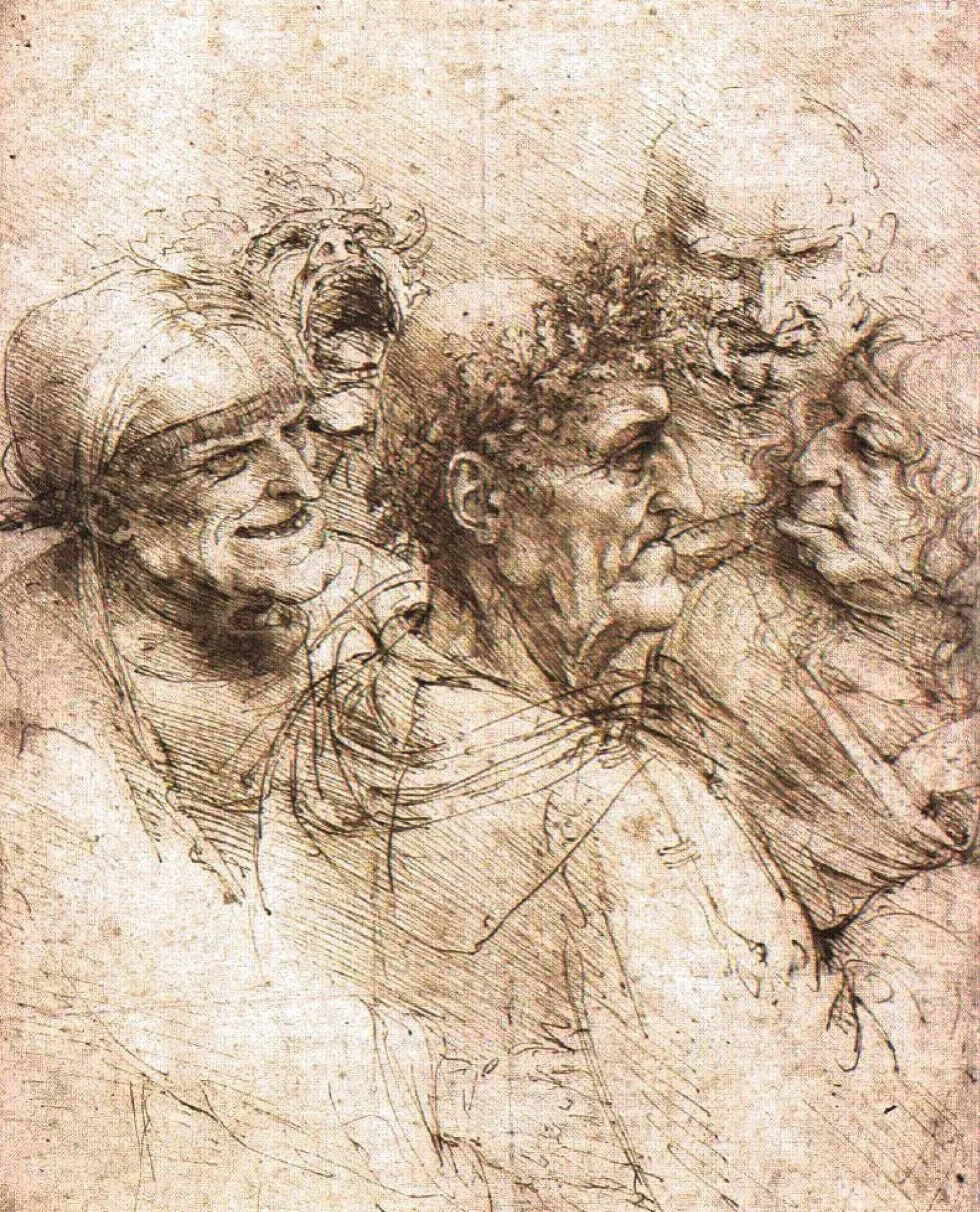How can we see presence as a unifying element in our aim to awaken?
To awaken from our ordinary state of consciousness, we must be practical. The most practical tool for awakening is often one and the same. It may have several different names, describing the same phenomenon from different angles, however.
First and foremost of these names, as presented by Fourth Way authors, is ‘self-remembering.’ This means that the divine particle in us, our Self, needs to remember itself, which can only be done in the present moment. Peter Ouspensky offers us an additional, more precise, or technical term, ‘divided attention’. To awaken, we must divide our attention between ourselves and the activity in which we are partaking, such as observing a beautiful tree.
A third, more general term for a practical way to awaken is ‘being present.’ This term, not unlike self-remembering, puts in the foreground the fact that any awakening, or increase in consciousness, is connected with our ability to partake in the present moment. Indeed, the Jewish tradition says, ‘The Divine Presence is everywhere.”[1] The process of awakening contains simultaneously a gradual increase in consciousness and the birth of an immortal astral body.
Traditions concerned with the spiritual development of a man or a woman often describe the human being as a multitude. When Christ asks an unclean spirit for its name, the spirit replies, “My name is Legion; for we are many.”[2] Fourth Way authors describe this inner multiplicity as ‘the many ‘I’s.’ As long as we identify with each fleeting sensation of ‘I’, we cannot awaken. Awakening means a gradual increase of inner unity. At the same time, we must remember that awakening is not only possible, it is within reach. While we are indeed a multitude, there is a chance for us–a cure for what the Fourth Way describes as ‘sleep.’
This salvation lies in the creation of an entity supportive of presence within ourselves. This entity resides in the part in us that Fourth Way authors describe as the seat of intelligent emotion,[3] or the ‘king of hearts.’ This artificially-created entity is the result of work in schools for the higher development of man, and often called a ‘steward.’ It is the job of the steward to prepare the way for higher worlds. The king of hearts can take ordinary, mundane impressions and turn them into something beautiful and extraordinary. As in the Eastern saying, ‘Out of the mud grows the lotus.’
Historical figures can act as symbols of the steward. Spiritual teachers, such as Jesus, Buddha, and Mohammed, through their internal, invisible conscious achievements, can serve as sources of inspiration for spiritual aspirants coming after them. Fourth Way authors call this positive influence ‘C Influence,’ or conscious influence. Like other conscious beings before and after him, through the conscious transformation of enormous suffering, Jesus was able to become conscious and immortal.

In this painting of Christ carrying the cross, we glimpse the psychology of the steward. The fantastical, often macabre figures surrounding Jesus may elicit horror or disgust. These are the many ‘I’s of our inner world, selfish and petty. At the same time, Christ bears his burden with peace and resignation, mirrored by his closed eyes and calm countenance.
The drawing below, created at approximately the same time, seems to portray the very same thing. The central figure, adorned with a wreath of oak leaves, seems completely unperturbed by the figures surrounding him. And each of these figures appears to have some sort of malignant, hidden agenda.

At a certain point after working with his spiritual teacher, George Gurdjieff, Peter Ouspensky was asked a question. What he had received from working with the Fourth Way? He replied that he had a part in him that was able to rise above the petty, selfish inner ‘I’s. The two above images may be illustrations of the inner reality that Peter Ouspensky was describing.
For more articles written by Benjamin B for FourthWayToday.org, see: https://fourthwaytoday.org/author/benjamin-b/:
[1] From the ‘Talmud’.
[2] The gospel according to Mark 5:9.
[3] The Fourth Way describes a human being as having four centers: instinctive, moving, emotional, and intellectual. There is an additional sex center, and two additional higher centers. Presence manifests through the higher centers.